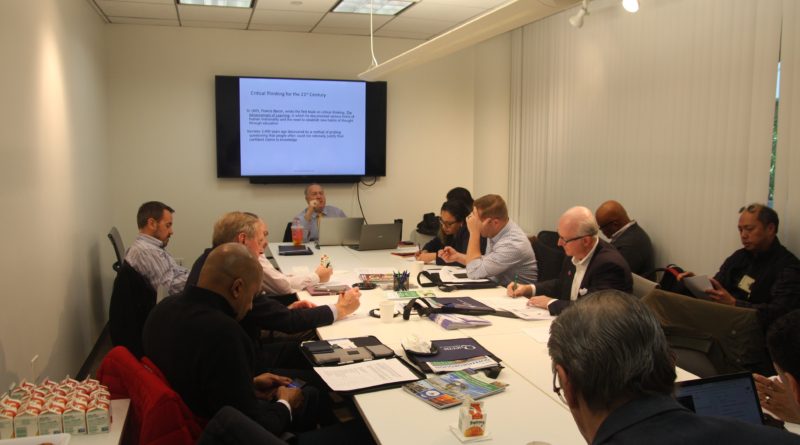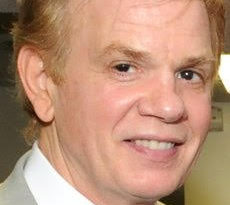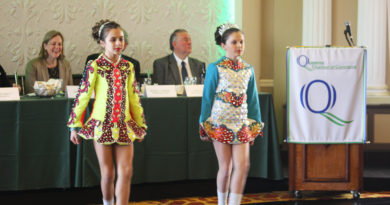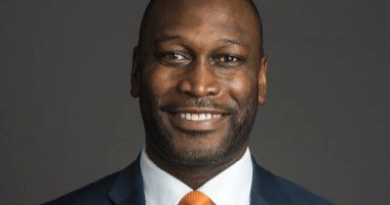Chamber hosts presentation on critical thinking
BY BENJAMIN FANG
Business leaders throughout the borough got a lesson on critical thinking in the 21st century. On February 21, Joshua Bienstock, an employment and labor attorney for 30 years, hosted a presentation on the importance of critical thinking at the Queens Chamber of Commerce.
A college professor for over three decades, Bienstock is now an assistant professor at New York Institute of Technology, where he teaches courses in human resources, business and conflict management. He defined critical thinking as a “self-directed process” by which a person takes deliberate steps to think at the highest level of quality.
There are many benefits to practicing critical thinking, including improved cognitive skills, becoming a better team player, less stress and trusting in one’s instincts.
“That is really the critical step,” Bienstock said, “trusting ourselves to assess facts and not stress out when we’re under the gun.”
Bienstock differentiated critical thinking from problem solving, which involves identifying the cause of a problem, coming up with a solution and reviewing the effectiveness of that solution. While problem solving is also important, Bienstock noted that waiting for a problem to “come to you” can sometimes lead to a crisis.
“We don’t think well in crises,” he said. “If we look ahead, there are many crises we can avoid.”
Critical thinking requires not only persistence, but also imagination and unrelenting questioning. It requires an open and curious mind, Bienstock said, and thinking “beyond the envelope.” He encouraged those who wish to engage in critical thinking to take educated risks.
“People who are critically thinking are not afraid of failure,” he said. “Don’t be frozen in place by the fear of failure.” Bienstock broke down the process of critical thinking into five separate steps.
The first is to “inform and describe,” where a person asks questions to better understand an issue. The next step is to “discover and explore.” The NYIT professor said that means staying focused on the issue and keeping your “eye on the ball.”
The following step is to “negotiate and cooperate,” which includes considering what other people have to say and exploring “without any preconceived notions.” That’s followed by “test and review,” in which a person objectively weighs the facts and evidence. The final step to critical thinking is to “integrate and apply” formulated ideas into new understandings.
“If we change the way we look at things, this is a process we’re going to be doing continuously in life,” he said.
Bienstock said there are ways to improve one’s critical thinking skills, including practicing, thinking several steps ahead and keeping one’s ego in check. He also encouraged attendees to be in tune with their emotions, always ask questions and to even set aside time to think.
The professor noted that one problem with education today is that students are only learning facts, but not critical thinking or analyzing.
“We know we don’t know things, that’s the point,” Bienstock said. “If we know we don’t know something and try to discover the information, we can go through the process.” “It’s a liberating way of thinking about the world,” he added.




